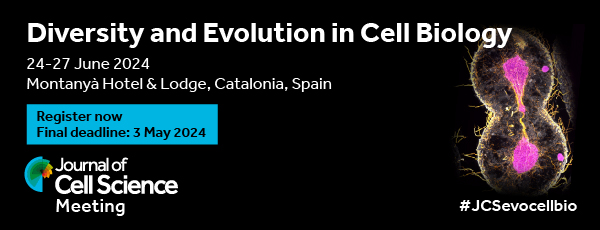
Mammalian mitochondria, for mysterious but apparently essential reasons, frequently change shape through fission and fusion. Mitochondrial fission, which is also involved in apoptosis, requires at least two proteins: the cytosolic dynamin-like protein DLP1/Drp1 and the mitochondrial outer membrane protein hFis1, which seems to recruit DLP1 to mitochondria. On p. 4141, Yisang Yoon and colleagues provide new insights into how hFis1 regulates mitochondrial fission by identifying two regions of the protein that are required for this process. The N-terminal region of hFis1 forms six α-helices; among these, α2-α3 and α4-α5 form two tetratricopeptide repeat (TPR) folds that mediate protein-protein interactions. By examining deletion mutants of hFis1, the authors show that the TPR region mediates binding of hFIS1 to DLP1 and that the α1 helix regulates this interaction. They suggest that hFis1 is the main regulator of mitochondrial fission and propose that it acts in a two-step process: recruitment of DLP1 by the TPR motif is followed by α1-mediated release of DLP1 assemblies, which then bind to the mitochondrial surface and mediate membrane fission.








